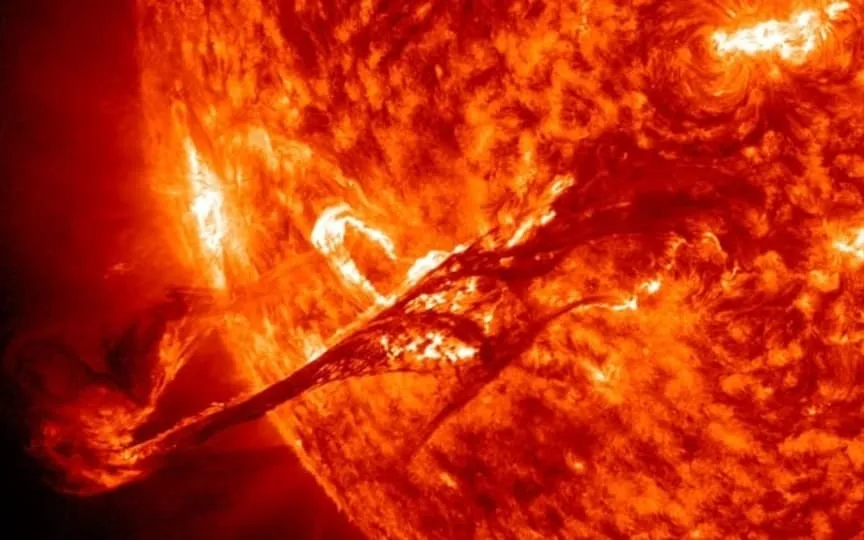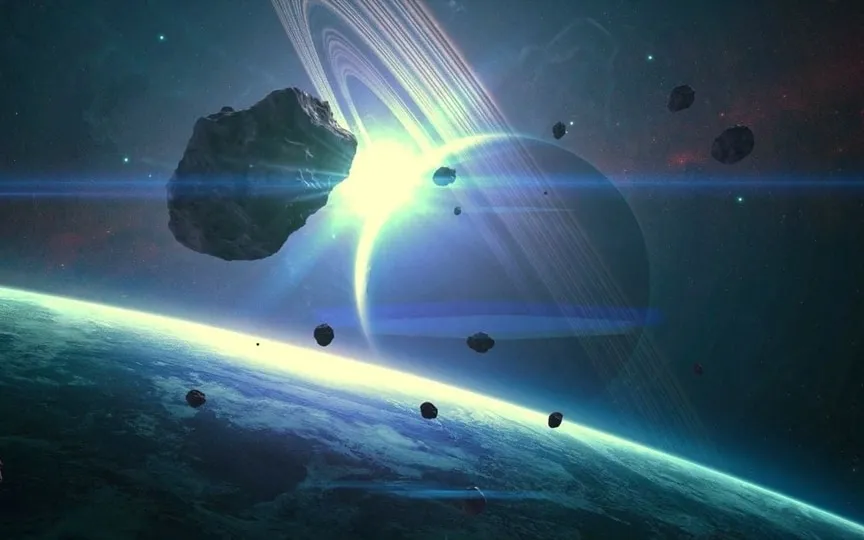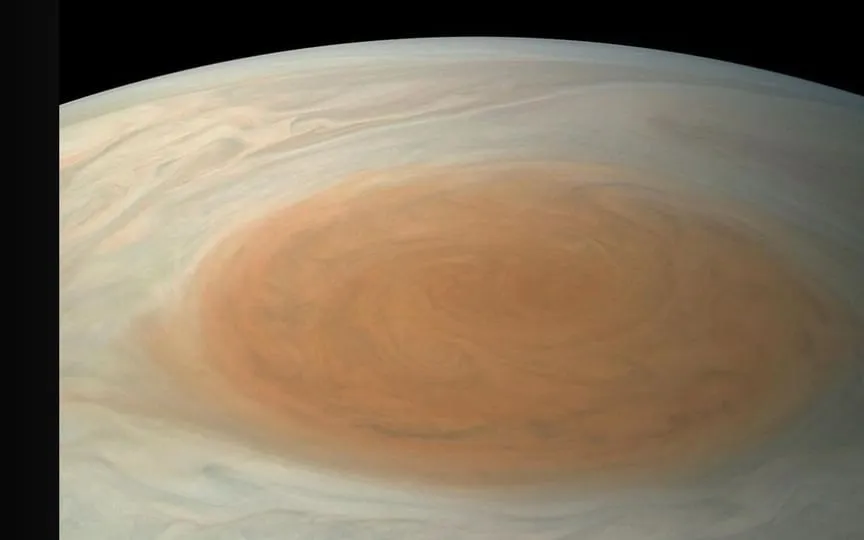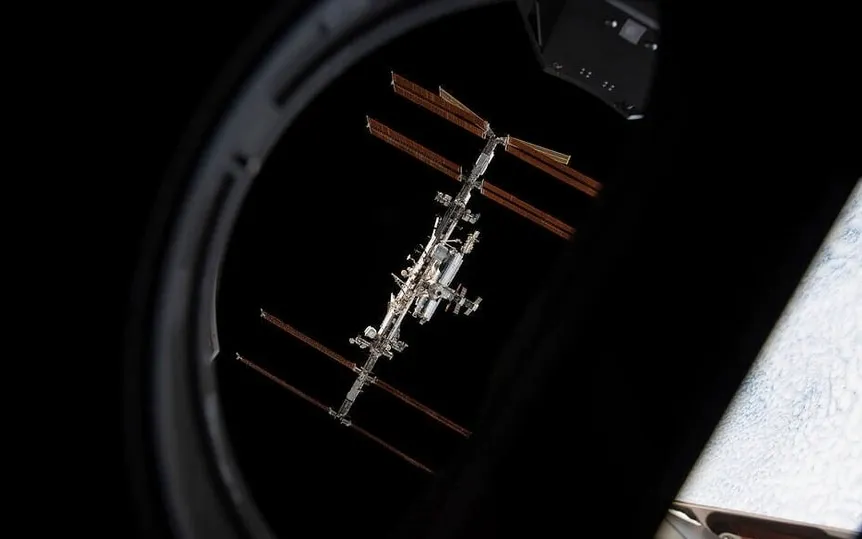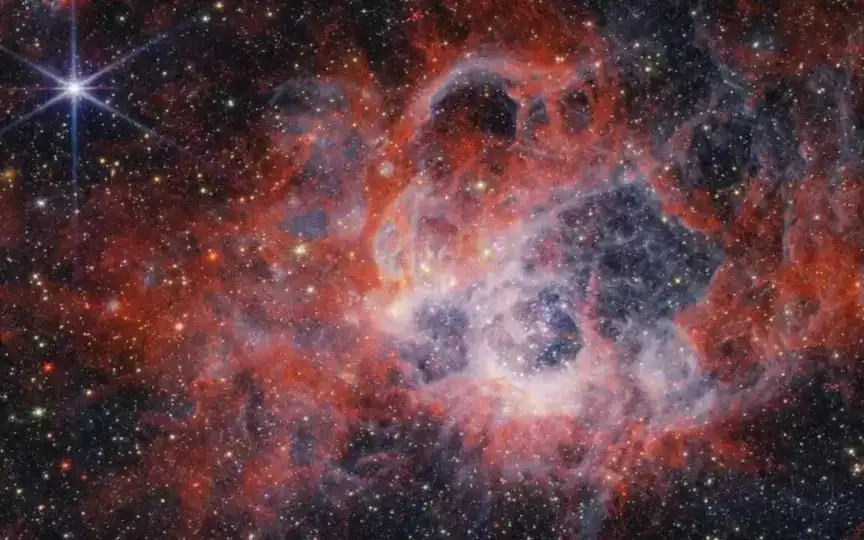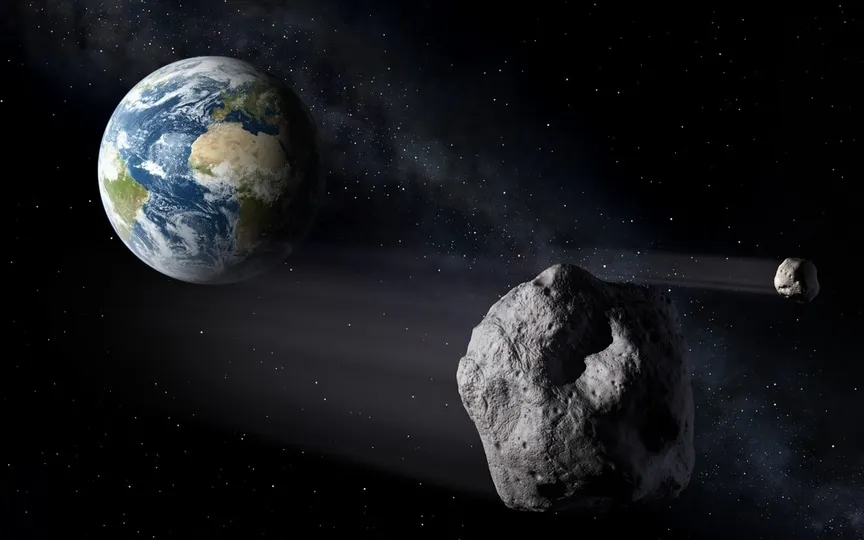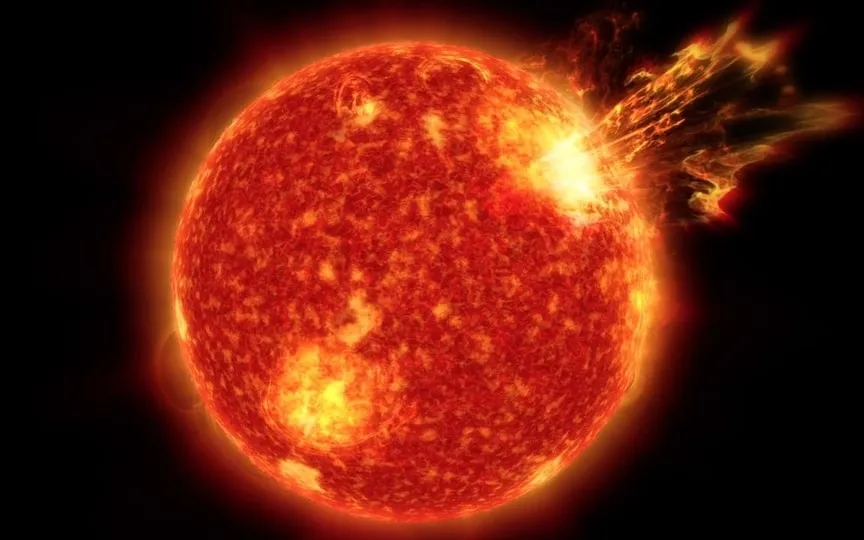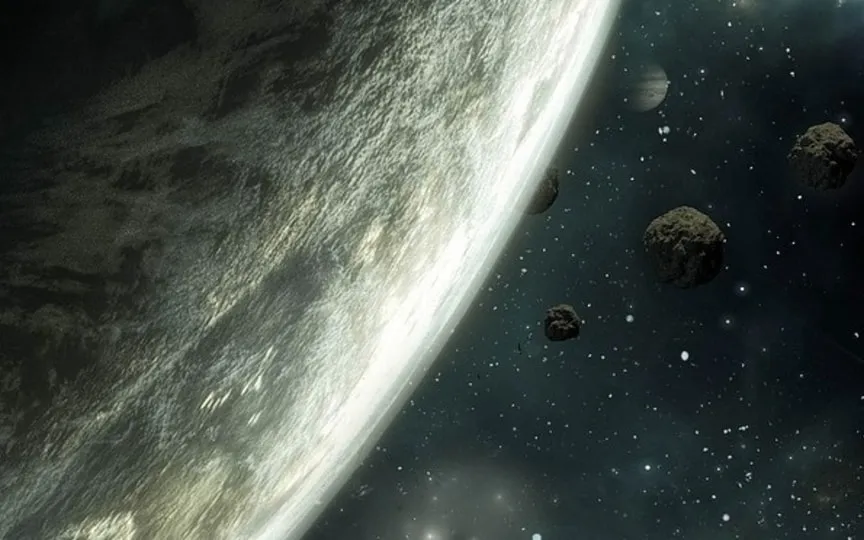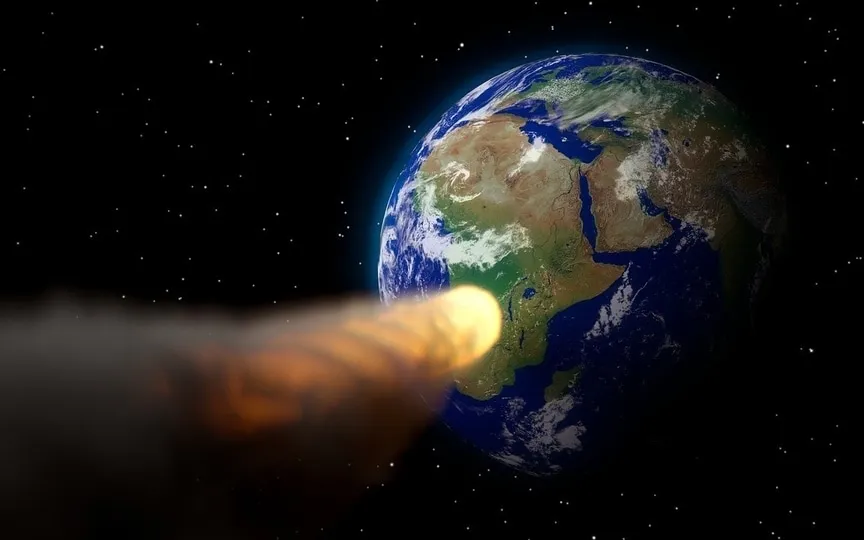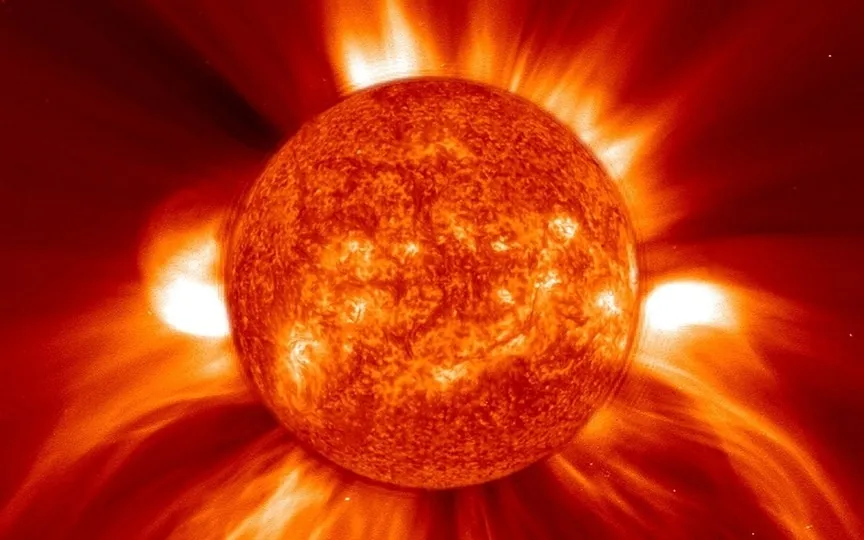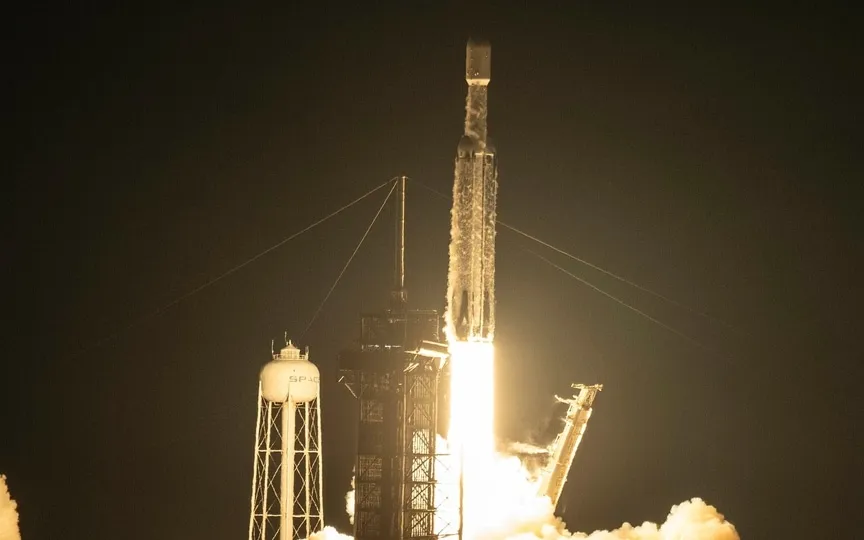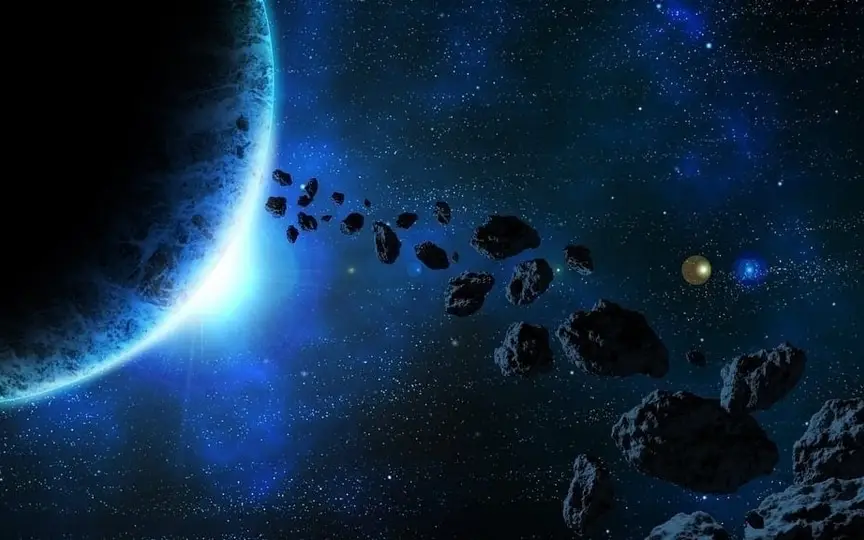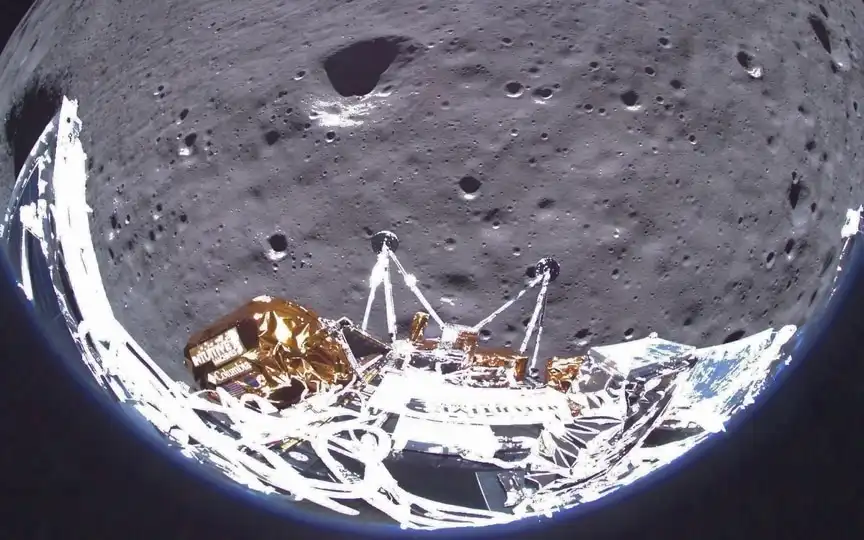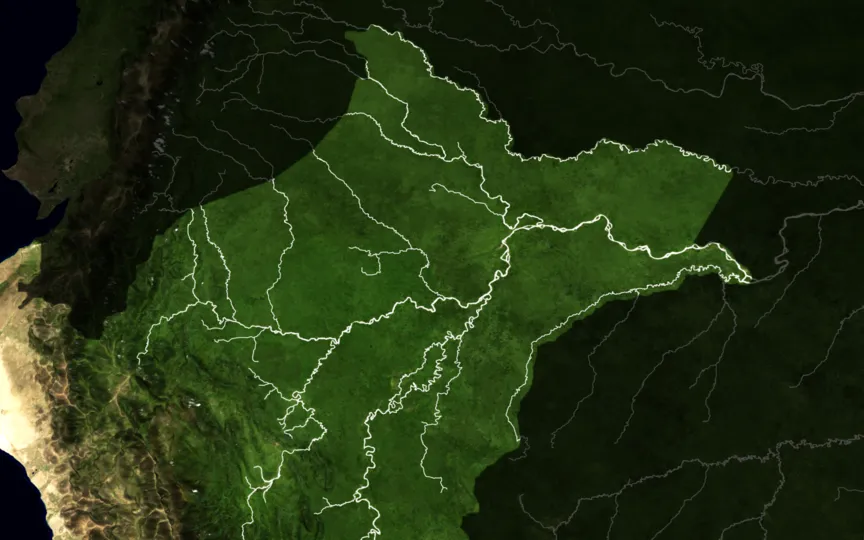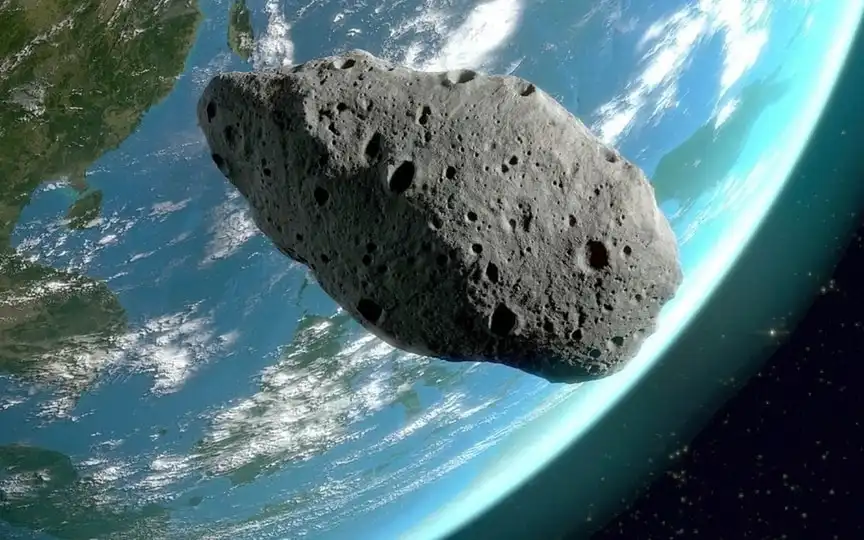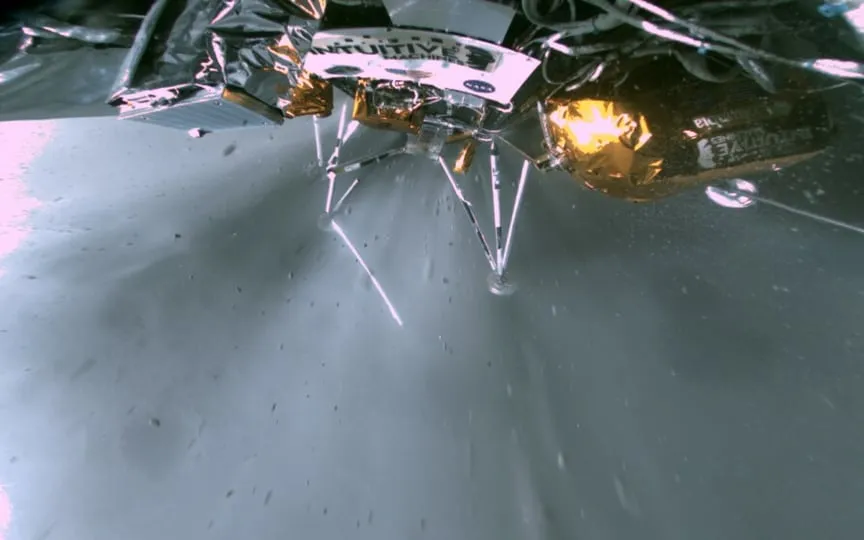NASA reveals that Sunspot AR3559 could release X-class solar flares, prompting a solar storm warning.
NASA has issued another warning about a solar storm, this time caused by Sunspot AR3559. In recent months, there has been a rise in solar activity, leading to several X-class solar flares. These flares have resulted in radio blackouts in certain areas. As we approach the peak of solar cycle 25, experts anticipate a further increase in the Sun’s activity, including solar flares, CMEs, solar storms, and geomagnetic storms. The Solar Dynamics Observatory (SDO) has now issued a warning about the upcoming solar storm. Solar storm warning According to a…
Read More
